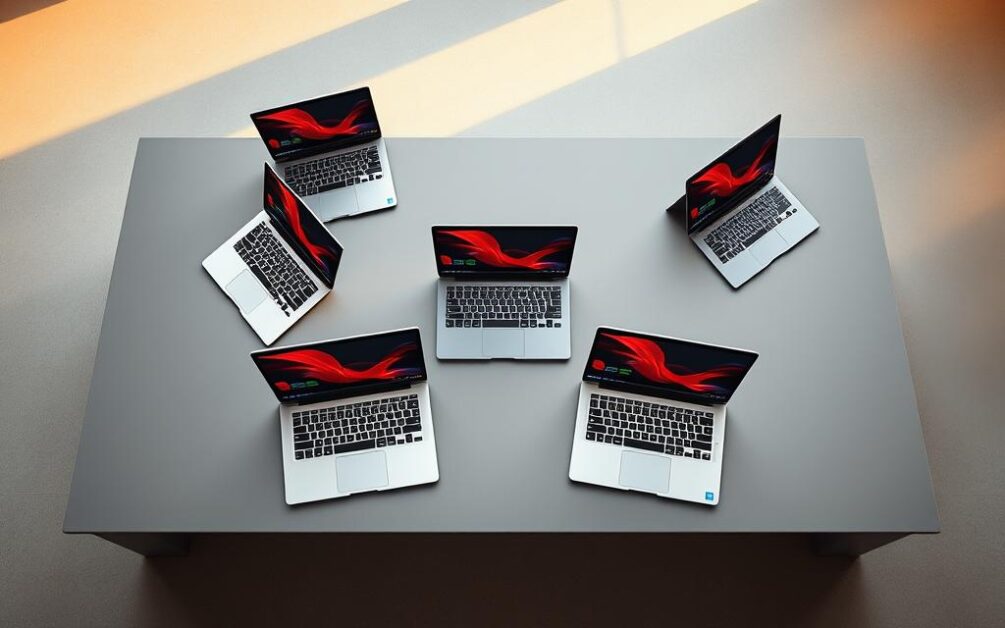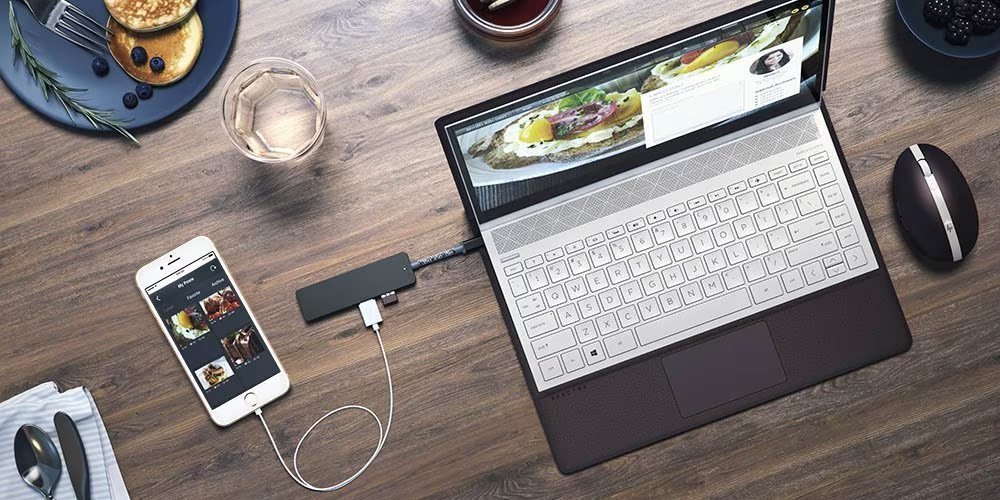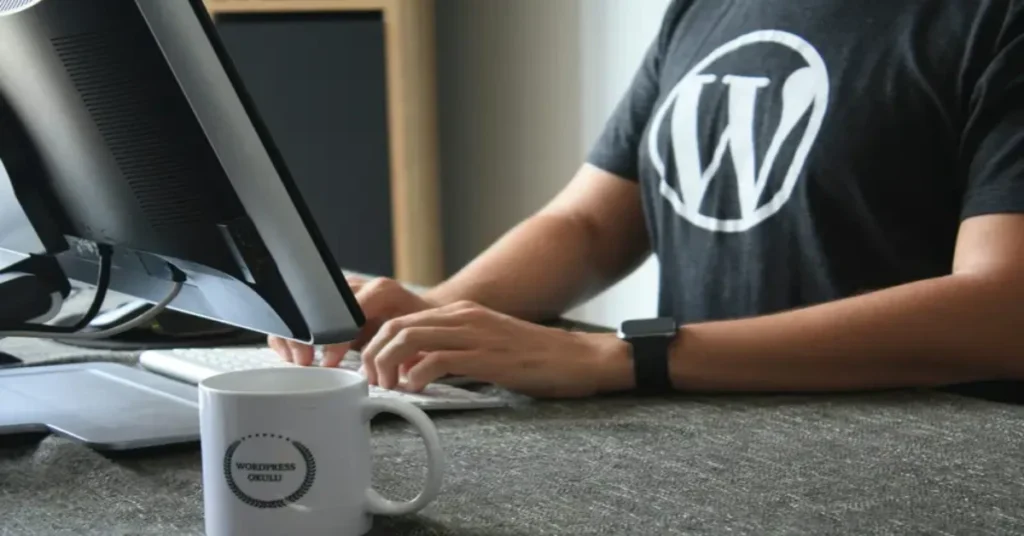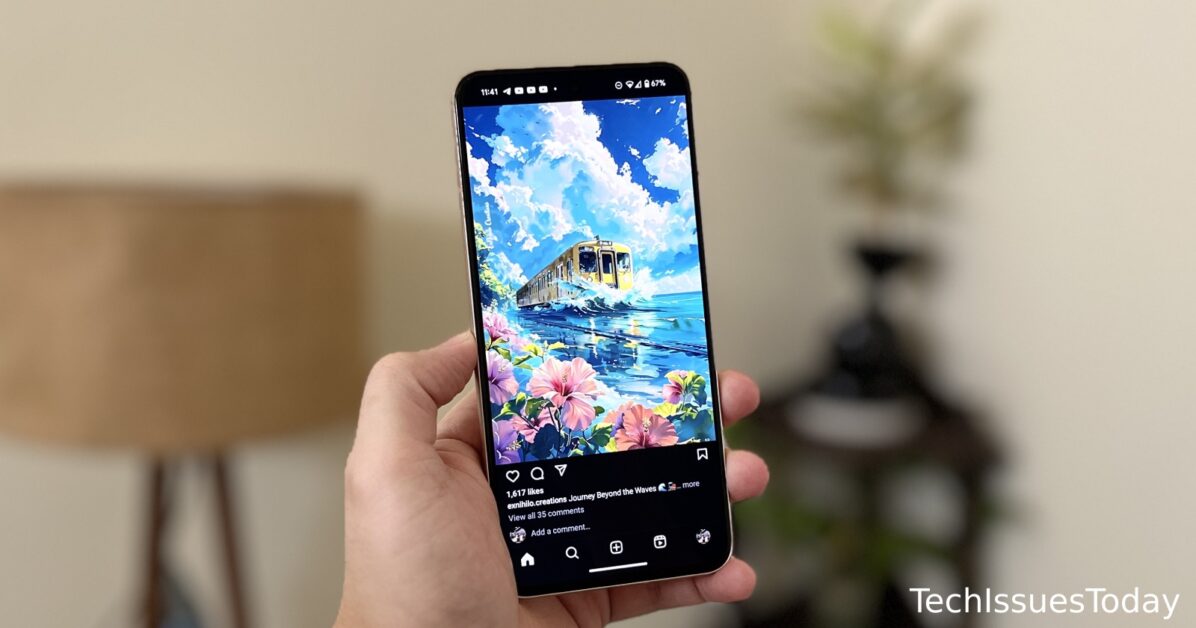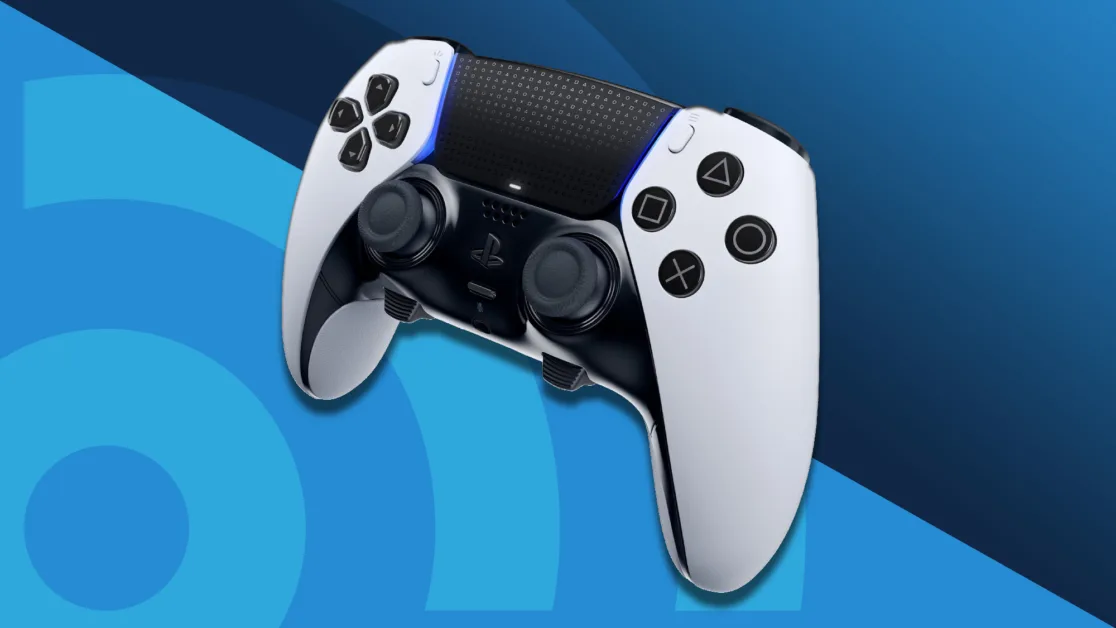Introduction
Is your Windows 11 PC running slower than expected? Over time, even high-performance computers can lag due to accumulated software clutter, background apps, or unoptimized settings. The good news is, you don’t need to buy new hardware to fix it. In this guide, we’ll walk you through six practical, proven steps to make Windows 11 faster, more responsive, and efficient. Whether you’re a casual user or power user, these tips will help you get the best performance from your device.
1. Install the Latest Windows 11 Updates
Why it matters:
Microsoft regularly releases updates to improve system stability, security, and performance.
Steps:
- Click Start > Settings > Windows Update.
- Click Check for updates.
- If updates are available, select Download & install.
- Restart your PC to apply changes.
Tip:
Enable automatic updates so you never miss important performance fixes.
2. Disable Unnecessary Startup Apps
Why it matters:
Apps that launch at startup can slow down boot time and drain resources in the background.
Steps:
- Press Ctrl + Shift + Esc to open Task Manager.
- Go to the Startup tab.
- Right-click on apps you don’t need and choose Disable.
Tip:
Focus on disabling apps like messengers, update assistants, or third-party tools you rarely use.
3. Use ReadyBoost (for HDD users)
Why it matters:
ReadyBoost speeds up systems using a traditional hard drive by using a USB drive as a memory cache.
Steps:
- Insert a USB flash drive (minimum 500MB free).
- Open File Explorer.
- Right-click the USB drive and choose Properties.
- Go to the ReadyBoost tab.
- Select Use this device, then click OK.
Tip:
ReadyBoost is not effective with SSDs, as they are already faster than USB drives.
4. Adjust Visual Effects for Performance
Why it matters:
Animations and transparency effects look nice but consume system resources.
Steps:
- Search for “Adjust the appearance and performance of Windows” in the Start menu.
- In the Performance Options window, choose Adjust for best performance.
- Click Apply, then OK.
Optional:
Turn off animation effects under Settings > Accessibility > Visual effects.
5. Free Up Disk Space with Storage Sense
Why it matters:
A full disk can slow down your PC and impact overall responsiveness.
Steps:
- Open Settings > System > Storage.
- Turn on Storage Sense.
- Click Temporary files, check unwanted items, then click Remove files.
Tip:
Schedule Storage Sense to run regularly for ongoing cleanup.
6. Optimize Virtual Memory Settings
Why it matters:
Virtual memory supplements physical RAM and helps your system run more efficiently.
Steps:
- Search for “View advanced system settings” in Start.
- Click Settings under Performance.
- Go to the Advanced tab and click Change under Virtual Memory.
- Make sure Automatically manage paging file size is checked.
- Click OK, then restart if prompted.
Final Thoughts
Improving your Windows 11 performance doesn’t have to involve costly upgrades. By applying these six optimizations—keeping updates current, disabling startup clutter, enabling ReadyBoost, reducing visual effects, cleaning disk space, and optimizing virtual memory—you’ll enjoy a faster, smoother experience. Apply these steps regularly for best results.
- Facebook Quietly Expands Downvote Button Test for Comments - June 24, 2025
- Instagram GIFs Return, But Only the Boring Ones - June 24, 2025
- Waze: What It Is, How It Works, and Why Drivers Love It? - June 24, 2025
Discover more from Techy247
Subscribe to get the latest posts sent to your email.

